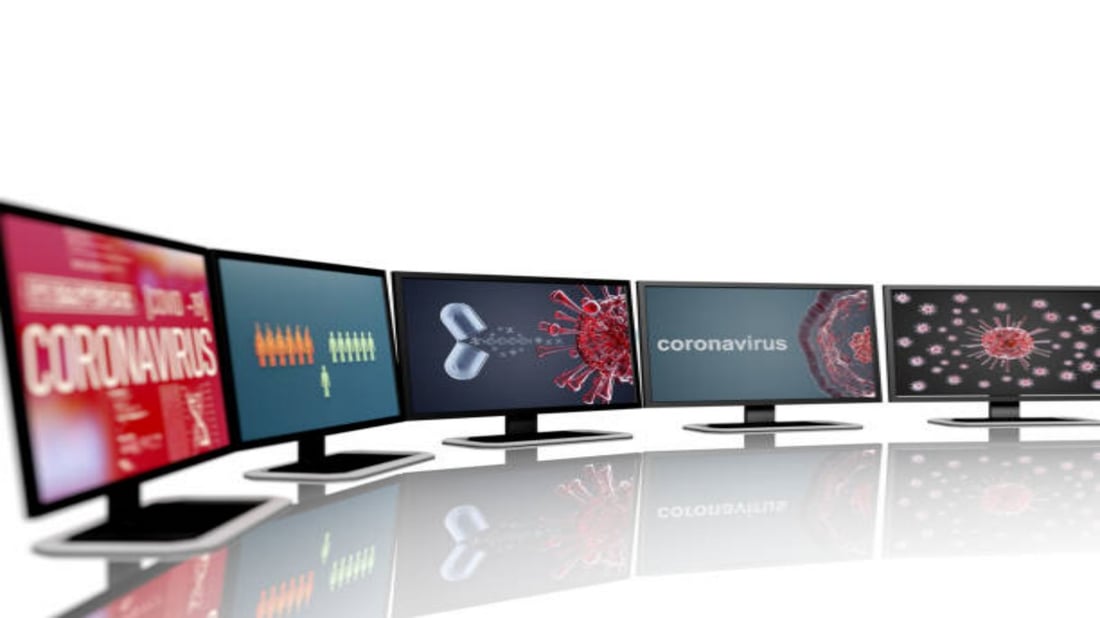Serial LCD Displays vs. Monochrome LCD Displays: Which Is More Cost-Effective
Introduction:
When it comes to choosing the right LCD display for your project, cost-effectiveness plays a crucial role. In this article, we will compare two popular types of LCD displays - Serial LCD Displays and Monochrome LCD Displays - to determine which option offers a better cost-effectiveness. By understanding the key differences and benefits of each type, you can make an informed decision for your specific needs.
1. Serial LCD Displays: Overview
Serial LCD Displays, also known as character LCD displays, provide a simple and efficient way to display alphanumeric characters. These displays typically use a serial interface, such as I2C or SPI, to communicate with a microcontroller or other devices. They come in various sizes and offer a wide range of features, including backlighting and customizable characters.
2. Monochrome LCD Displays: Overview
Monochrome LCD Displays, on the other hand, offer a more limited display capability compared to Serial LCD Displays. These displays usually provide a single color, such as black or white, and are commonly used in applications where color is not a critical factor. Monochrome LCD Displays are often used in devices like calculators, digital watches, and industrial control panels.
3. Cost Comparison: Initial Investment
When considering cost-effectiveness, the initial investment is an important factor to consider. Serial LCD Displays tend to have a higher initial cost compared to Monochrome LCD Displays. This is mainly due to the additional features and capabilities offered by Serial LCD Displays, such as backlighting and customizable characters. However, the price difference may vary depending on the specific models and suppliers.
4. Cost Comparison: Development Time
The development time required for integrating LCD displays into a project can also impact cost-effectiveness. Serial LCD Displays often come with libraries and software support, making them easier to integrate and reducing development time. On the other hand, Monochrome LCD Displays may require more custom coding and development effort, leading to increased development time and associated costs.
5. Cost Comparison: Power Consumption
Power consumption is another aspect to consider when evaluating cost-effectiveness. Serial LCD Displays generally consume more power compared to Monochrome LCD Displays, especially when backlighting is enabled. Higher power consumption can lead to increased energy costs and may require additional power management solutions. Therefore, if power efficiency is a critical requirement for your project, Monochrome LCD Displays can be a more cost-effective choice.
6. Cost Comparison: Production Volume
For large-scale production projects, the cost per unit becomes a crucial factor. Serial LCD Displays are often more cost-effective in high-volume production due to economies of scale. Manufacturers can offer competitive pricing for bulk orders, reducing the overall cost per unit. On the other hand, Monochrome LCD Displays may have a more fixed cost structure, making them less cost-effective for large-scale production.
7. Cost Comparison: Long-Term Maintenance
Long-term maintenance costs should also be considered when evaluating cost-effectiveness. Serial LCD Displays are generally more robust and reliable compared to Monochrome LCD Displays. The additional features and capabilities of Serial LCD Displays often contribute to their longer lifespan and reduced maintenance requirements. While the initial investment may be higher, the lower maintenance costs over time can make Serial LCD Displays more cost-effective in the long run.
8. Cost Comparison: Customization Options
If your project requires customization and unique display features, Serial LCD Displays offer more flexibility. These displays allow for customized characters, graphics, and backlighting options, enabling a tailored user experience. Monochrome LCD Displays, on the other hand, have more limited customization options and may not be suitable for projects that require a high level of visual branding or unique design elements.
9. Cost Comparison: Application-Specific Requirements
Consider the specific requirements of your application when determining cost-effectiveness. Serial LCD Displays are well-suited for applications that require advanced user interfaces, such as control panels or interactive devices. Monochrome LCD Displays, with their simplicity and lower cost, are often preferred for applications where basic display functionality is sufficient, such as in simple consumer electronics or low-budget projects.
10. Conclusion: Making the Cost-Effective Choice
Choosing between Serial LCD Displays and Monochrome LCD Displays depends on various factors, including initial investment, development time, power consumption, production volume, long-term maintenance, customization options, and application-specific requirements. While Serial LCD Displays offer more advanced features and customization options, Monochrome LCD Displays can be a cost-effective choice for projects with simpler display needs and lower power consumption requirements. Evaluate your project's specific requirements and consider the long-term costs to make an informed decision that aligns with your budget and goals.

